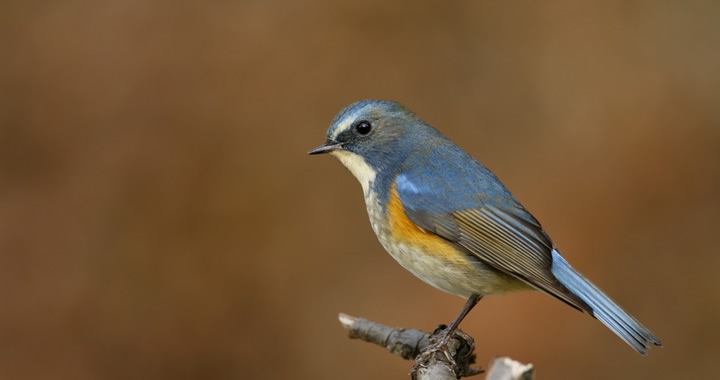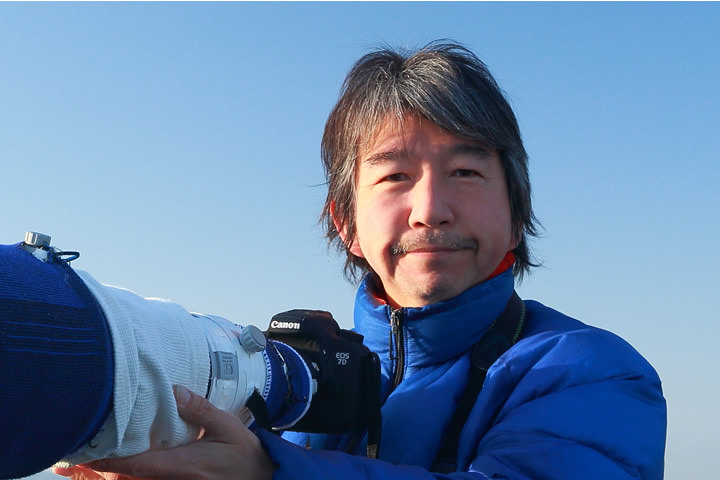how to
photograph
wild birds
Practical course
Let's challenge to photograph wild birds with higher photographic technique.

Practical course
Let's challenge to photograph wild birds with higher photographic technique.

Lesson 15
Practical course
What is the secret to capture birds in flight?
Let’s try to photograph flying birds by combining AI Servo AF and back-button AF.
Lesson 16
Practical course
You want to take a photo with good composition, but you miss the chance because the bird moves. When that happens, try adjusting the AF point(s) manually.
Lesson 17
Practical course
By intentionally blurring the surroundings, the subject stands out. You will improve the artistic quality of your photographs significantly by learning to use blur effectively.
Lesson 18
Practical course
Let’s photograph wild birds in seasonal settings to highlight moments in their daily lives as well as the beauty of life.
Lesson 19
Practical course
Photos in which there is no movement at all are not necessarily the best in bird photography. By changing the shutter speed, a scene can appear completely different, even when taken at the same time and in the same place.
Lesson 20
Practical course
When you encounter an opportunity to photograph wild birds close up, make the most of it by aiming for a super close-up shot that practically jumps out from the frame.
Lesson 21
Practical course
How can I beautifully capture the colors of bird feathers?
Keeping in mind the way the light shines, let’s use it to best effect.
Lesson 22
Practical course
What is the best weather for photographing wild birds?
Intensity of light and mood are very important in photography. Get to know the characteristics of light in various settings and expand your photographic technique.
Lesson 23
Practical course
The combination of flowers and birds is one that has figured often in Japanese culture since ancient times. Getting to know seasonal flowers and the birds that come to them is a shortcut to creating great compositions.
Lesson 24
Practical course
For birds, humans are scary. It can be rather difficult to get close to them because of their suspicious nature. However, if you can shorten the distance between you without scaring them, you can capture natural expressions and behavior.
Lesson 25
Practical course
The most difficult thing in wild bird photography is to achieve a sharp focus on small birds. Recently, digital cameras have a tracking function that, if set in advance, automatically focuses on the eye of the bird simply by pointing the lens at it.
Wild bird photographer
My ultimate goal is to photograph not only in an attractive way, but also in a way that captures the essence and feeling of the animals. My current photographic subjects are wild birds and the natural environment.
His photography has been featured in several books, magazines, and TV commercials.

Naturally, bird photography exists because there are wild birds. No matter how advanced your camera is, if there are no birds to photograph then there is no purpose to it.
I started photographing wild birds when film was still in use and focusing was done manually. At that time, not only was the camera equipment expensive, processing the film was costly too, so I could not simply take every shot I wanted. As a result, I observed birds intently and focused on getting the perfect shot.
Times have changed, however. With the advancement of digital cameras and information technology, bird photography seems to now be dictated by the camera and information, so much so that somewhere along the way, birds have become simply another subject and not the main target, as if they are just one piece to complete a puzzle, so to speak.
In Japan, when a rarely seen bird is spotted, photographers often rush to the spot and occasionally cause problems with their behavior. It is not all bad though. By taking up bird photography as a hobby, many people have had their attention drawn to environmental issues, including those of wild birds. I think that doing as much as we can to pass on to future generations the joy of watching and photographing wild birds will also be good for the birds, and quite simply, the key to our coexistence.
People looking at a photograph know if it was taken through risky or inappropriate behavior. I think those kinds of photographs should not be rewarded at photo contests, but photographs of birds that make people feel good or show them living strong and healthy lives should be shared with as many people as possible. To the extent possible, wild birds should not be disturbed by our presence, and I strongly believe that the actions of even one person to show sensitivity, by not putting pressure on the birds, will spread to the photographers around them and lead to even better relationships with birds. This is my sincere wish. And, I would like to continue promoting the joy of bird photography for everyone.